6. Eating Raoul
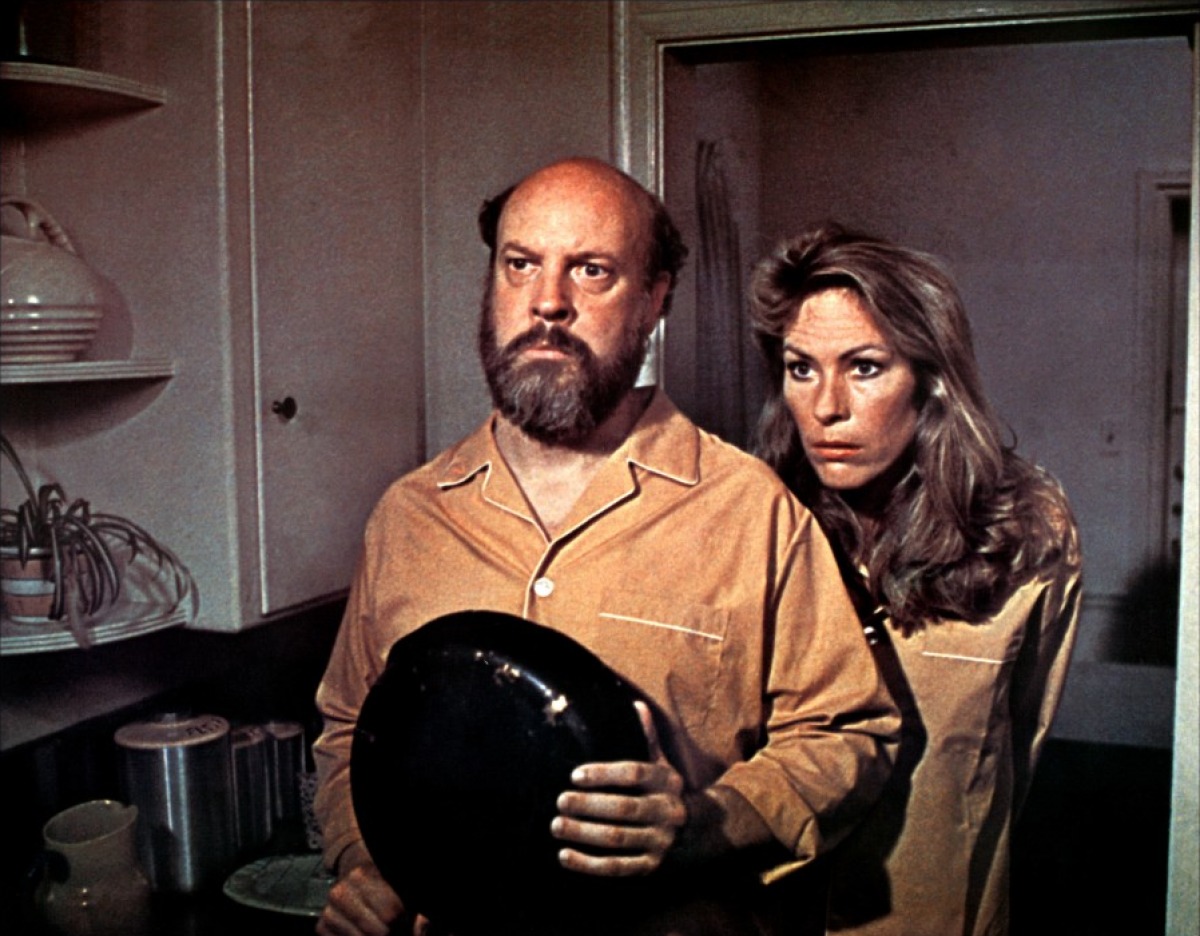
In the beginning, cannibalism sounds like a jolly fun activity. Then the morality of dining on a person’s organs factors into the equation. Indeed, Eating Raoul comes prepackaged with a deliciously absurd premise. Summed up in two words, that synopsis boils down to “pragmatic cannibalism.” All of it begs the question: what triggers a person to turn toward such a morose culinary adventure? Why not take up macramé or bird watching instead?
The narrative follows Paul and Mary Bland, a couple of puritanical squares who feel nothing but disgust for the cocaine-snorting sex degenerates who host orgies down the hall. After all, a person never gets enough sleep amid all that debaucherous ruckus of flesh and fluids. The most rational solution, of course, involves luring fetishists to their doom with niche kink personal ads placed in the local pennysaver.
Though it features enough skillet-to-head trauma to rival Warner Brothers’ decades-running catalogue, we get lost in Eating Raoul’s elegant, intelligent conceit. The sleazy selling proposition of sex and violence serves only as a method to turn our judgements inward. Watching Mr. and Mrs. Bland feast on Raoul, we laugh at the peccadillos we hide in the darkest corner of the closet.
7. Blue Velvet
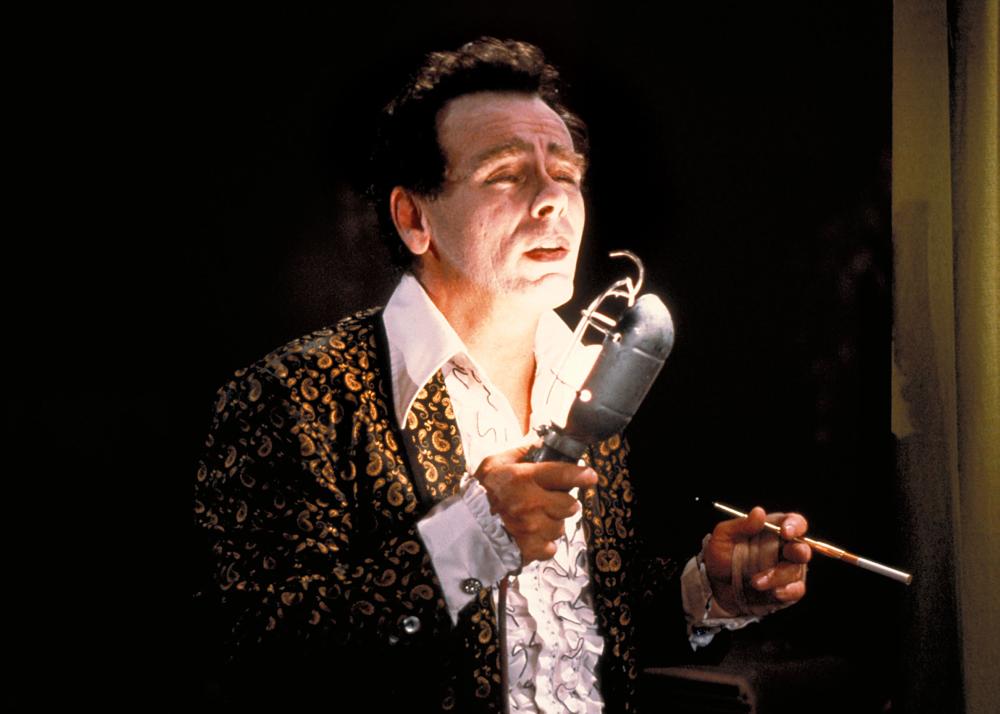
In his memoir Room to Dream, David Lynch describes a pivotal moment in his life as an artist when a random naked person emerged from the shadows.
“[…] Out of the darkness—it was so incredible—came this nude woman with white skin. Maybe it was something about the light and the way she came out of the darkness, but it seemed to me that her skin was the color of milk, and she had a bloodied mouth.”
Reading the director’s description of such a surreal event, one that took place during a delicate time in his adolescence, an image of Blue Velvet’s Dorothy Vallens springs to mind. Slathered in makeup that includes bright ruby lipstick and wearing a sequined gown, she belts out that famous Bobby Vinton tune. For sure, Dorothy’s stage show radiates with a dangerous aura, but something far more menacing lurks behind that femme fatale persona.
Off stage, the lounge singer suffers at the hands of Frank Booth, a manic kingpin who holds her husband and child at ransom. To ensure their continued existence, she undergoes psychological, physical, and sexual torture from Frank’s froth-mouthed alter egos, a violent man and depraved boy who represent archetypes of an unfiltered, uninhibited id.
The above describes only a few snippets of Blue Velvet, a film that juggles artistic thoughtfulness with exploitation thrills. From the image of a severed ear that opens the story to the exploration of how our idealistic beliefs shatter with maturity, this film established the Lynchian motif of exposing the grotesque underbelly of suburbia. Look beyond the manicured lawns and barbecue smells that create the Norman Rockwell image of the suburbs, and you find the truth about the darkest caverns of the human mind.
8. Videodrome
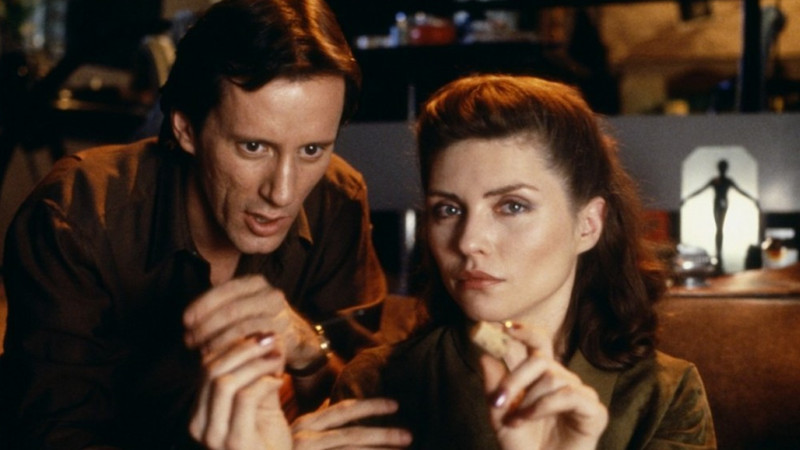
David Cronenberg’s name stays forever linked to body horror. For good reason. With the release of Videodrome in 1983, the director solidified his reputation as an explorer of what happens in the aftermath of contagion. What makes Videodrome unique lies with the source of that bodily infiltration.
In this film, technology and entertainment serve as invaders, pulling humans inside a hallucinogenic wonderland that deflects the responsibilities that produce stress, boredom, and pain. Once the trip reaches the point of no return, a body becomes a machine, sprouting electronic accoutrement in place of limbs and organs. The mutation, of course, eventually robs the person of their own autonomy.
With his name appearing often in film theory, no question lingers that David Cronenberg belongs in a coveted spot amid cinema’s most celebrated art filmmakers. At the same time, when a body unravels, viscera and mucus tend to spray. Though his goal never comes close to gross-out sensationalism, blood and guts provides the main checkbox we tick to classify a film as grindhouse.
9. Anti-Christ
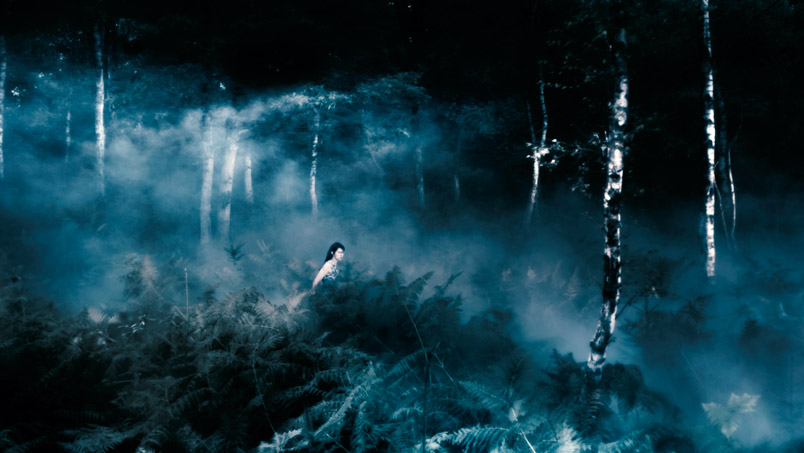
The sadness that punctuates Anti-Christ in each scene epitomizes the kind of raw, animal grief that kills most who experience it. Lars von Trier’s modus operandi never shies away from the subject of darkness—after all, this director made a film where the main character welcomed the Earth’s disintegration with a sense of relief. But in Anti-Christ, the pain hones in on two individuals, a couple whose infant son falls from a window and passes away.
Turned inward, the crushing sadness becomes perilous, turning the bereaved mother into a manic, unpredictable sadomasochist. From gory attempts at matricide to self-performed genital mutilation, the script’s brutality sends a reminder that we stand one tragedy away from losing our grip on reality. All of it culminates with a film engineered to make the most transgressive filmmakers blush.
And yet, despite the series of cyclical tragedies, the picture offers a meditation on grief. We see the truth behind sadness, the bleak and unmoveable nature of a biological imperative. Yes, the message we uncover embodies something gut-wrenchingly horrific, but it remains an honest depiction. And candor about the human condition represents the chief purpose of arthouse cinema.
10. Funny Games
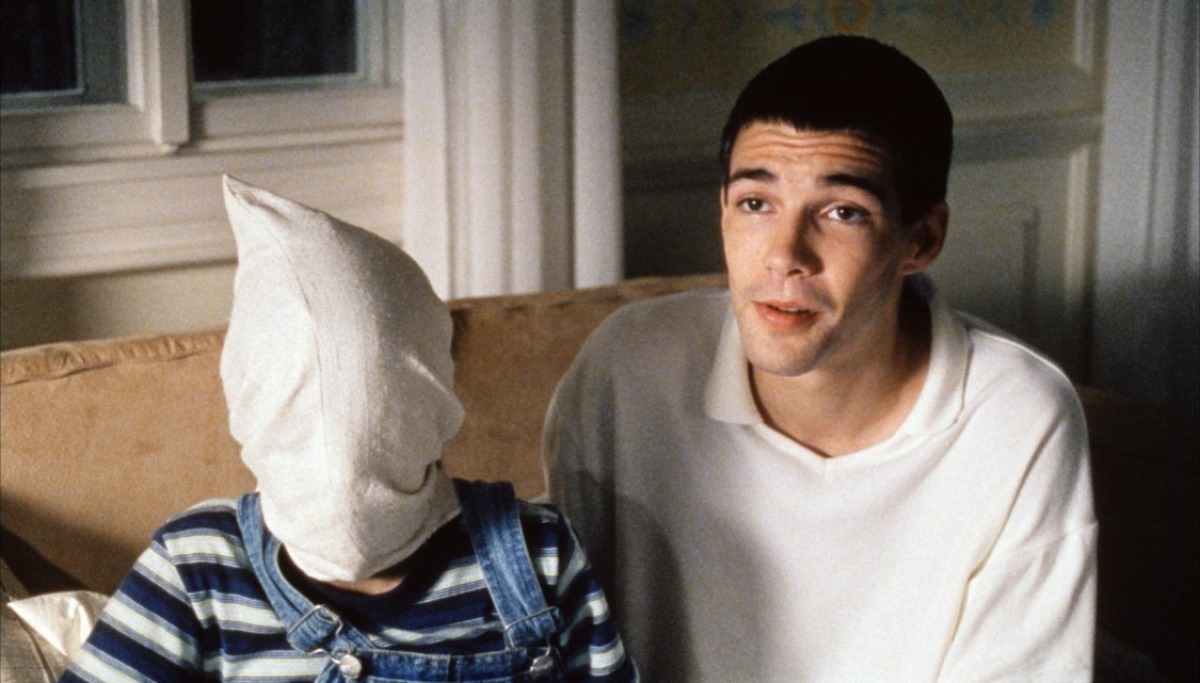
Hopelessness abounds in Funny Games, a film that interrogates the viewer’s individual intentions more than it dissects the nature of evil itself. Even when a captured family outwits the sadistic rich kids who make a game of torturing them, the rules of reality bend to fit the will of the wicked. In other words, when a wife, husband, and child gain a chance to escape, a magical remote control appears, so one of the vicious assailants hits the rewind button to reverse their good fortune.
The film exists in two iterations, a German and English-language version. Director Michael Haneke scarcely changed a frame, and in both versions, the Leopold and Loeb-style psychopaths judge you for watching their sadistic actions. In breaking the fourth wall (the characters speak directly to the audience), the film creates a self-directed psychological assessment, asking the question of why we enjoy horror cinema. It remains a fair query; people die young and afraid in these films. And yet we pack theaters to catch the latest slasher.
This notion of a mirror held up to our own behavior provides the common thread that allows arthouse and grindhouse worlds to meld together. These films cause us to question our actions, motivations, beliefs, and dreams. If there exists a shred of introspection within us, we feel grateful for the psychological evaluation.
Author Bio: John Stanford Owen received his MFA from Southern Illinois University, where he also taught English courses. When not penning reviews and essays on cinema, JSO reads and writes poetry, takes walks with his wife and dog, and dances to Radiohead. Connect with him on Twitter @jstanfordowen.